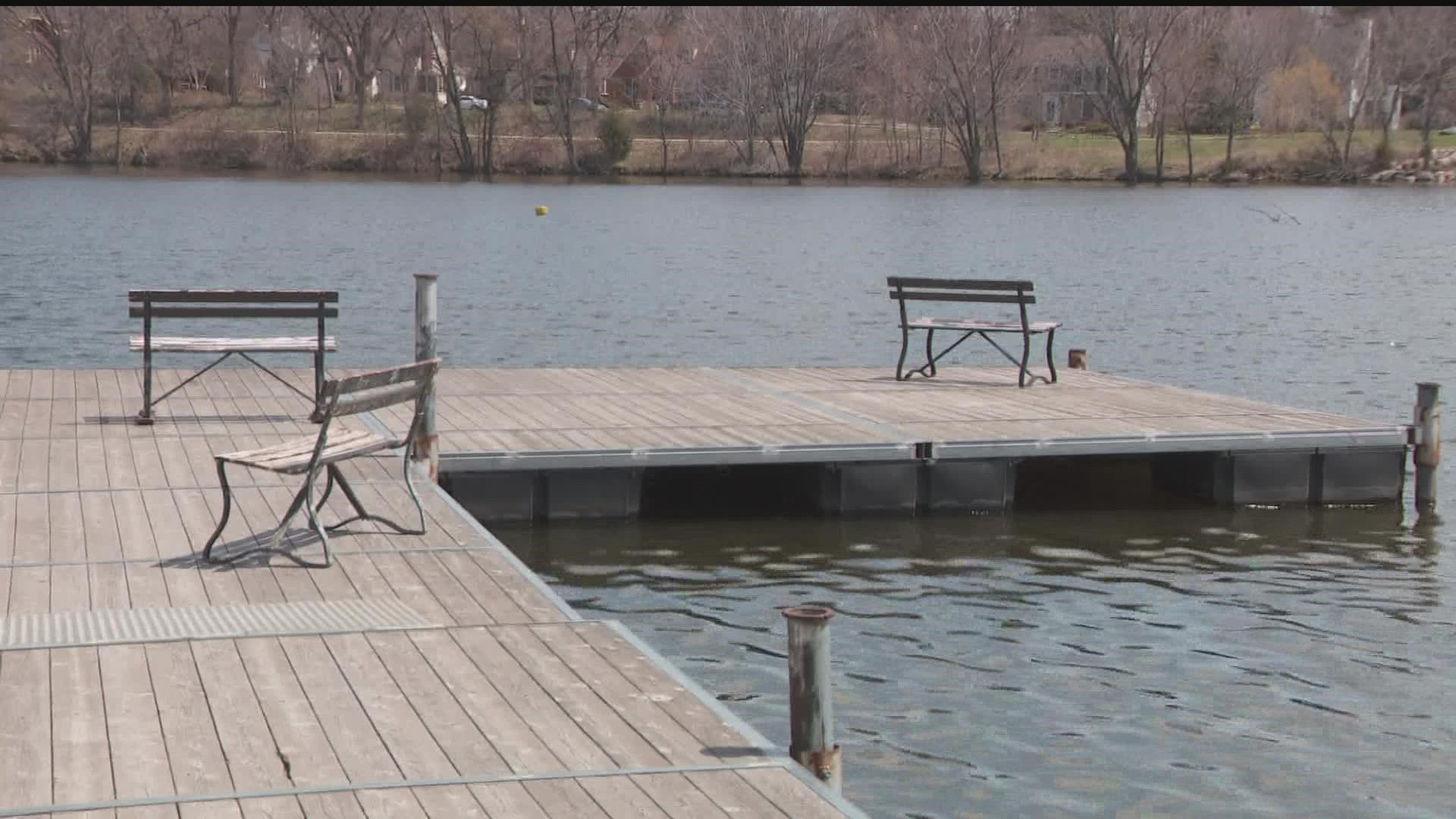ST PAUL, Minn. — When it comes to access, investment, amenities, acreage and equity, apparently the St. Paul parks system has it all — at least after Washington D.C.
"It does encourage a little friendly competition," Susan Schmidt said. Schmidt is the regional vice president for Trust for Public Land.
When it comes to walkability, St. Paul's score is impressive, with 99 percent of residents living within a 10-minute walk from a park.
"When you learn that a 100 million people, 28 million kids don't have access to a park, that's just unfair and it's just not right," Schmidt said.
In terms of amenities, St. Paul had a score of 77 out of 100 compared to No. 1 ranked D.C.'s 84. The amenity number includes what parks have reported as most-sought-out things, like basketball hoops, splash pads, dog parks and playgrounds.
However, not everything is high scoring.
"Both are a little lower on acreage compared to other cities, and finally, both are a little lower compared to other cities on this equity measurement," Schmidt added.
By that, ParkScore means park spaces available in different types of neighborhoods.
"Park space is smaller in lower-income neighborhoods compared to higher-income neighborhoods, and smaller in BIPOC neighborhoods, compared to self-identified as white — that needs to eventually change," she said.
While it is a point of pride that both Minneapolis and St Paul have been in the top five for the 11 years ParkScore has existed, Schmidt says this is equally about encouraging improvement as it is about celebration.
"Parks in our view at the Trust of Public Land, and really most Minnesotans and Americans, are not just a nice to have, they're a need to have," Schmidt said.
Minneapolis was last ranked No. 1 back in 2020. This year, Minneapolis is ranked No. 5.
Watch more local news:
Watch the latest local news from the Twin Cities in our YouTube playlist:

